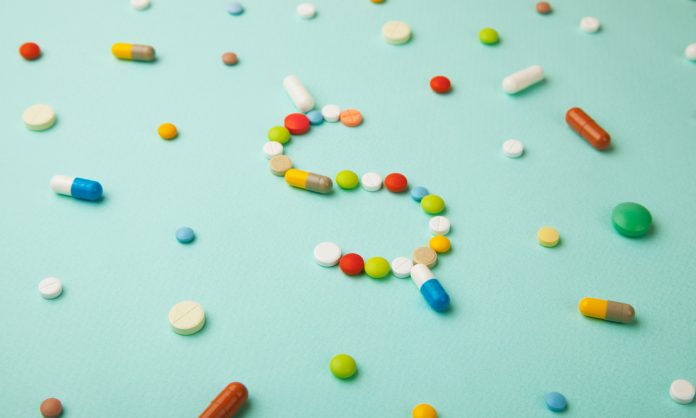US research has found pharmacist-led post-discharge care for high-risk patients resulted in fewer admissions and healthcare cost savings of more than $US500 per patient.
In the study examining the cost-effectiveness of a pharmacist follow-up program, published in The American Journal of Accountable Care, hospital pharmacists at Cedars-Sinai Medical Center in Los Angeles, USA, conducted telephone post-discharge follow-up with eligible high-risk patients. They were defined as any who were receiving more than 10 medications, had a diagnosis of pneumonia or congestive heart failure, or were receiving anticoagulants, as well as having low scores on an organisational medication literacy and adherence algorithm.
Within 72 hours of discharge, 90% of the 185 identified patients were called by a transition-of-care pharmacist, who detected one or more drug-related problem (DRP) in 86.4% of this group.
Patient DRPs encountered included non-adherence, misunderstanding directions for medication use and taking extraneous medications. On the prescriber side, DRPs included incorrect medications, doses, frequencies or duration; doses not adjusted for organ dysfunction, drug–drug or drug–disease interactions; and extraneous, duplicate or omitted medications.
The phone calls used a standardised procedure called G.O. P.A.T.I.E.N.T., examining barriers to adherence, such as access to medications, literacy, and cultural beliefs. Afterwards, the pharmacist contacted the treating physician to resolve any DRPs and update the hospital discharge medication list to ensure any errors were not propagated further.
After comparing 30-day readmission rates between the 185 patients managed in the pilot program and a control population that did not receive the pharmacist intervention (the usual care group), the researchers found the 30-day intention-to-treat readmission rates for the program versus usual care were 16.2% and 21.6%, respectively.
The average costs per patient for the program compared to the usual care group were $US3433 and $US4015, respectively (difference, $US582; Monte Carlo 95% CI, $US528-$US635).
The researchers disclosed limitations that the study did not demonstrate a statistically significant reduction in readmissions, likely due to the small size of the usual care group that did not receive post-discharge follow up by a pharmacist.
‘However, extensive literature already indicates that these programs result in statistically significant reductions in 7-, 14-, and 30-day readmission rates1‚2 and in preventable adverse drug events,3’ the researchers wrote.
‘Extensive research also indicates that when pharmacists perform post-discharge medication reconciliation and education, there are fewer readmissions and better outcomes.1-4 In addition to these benefits, we also evaluated whether pharmacists could save costs in a real-world application.’
‘The pharmacist program appears cost-effective under a wide range of scenarios; it was not highly sensitive to the precise estimates in the model or to our local base-case results. As long at least 34 patients are served per month, and assuming the pharmacists can contact at least 21% of eligible patients (90% were contacted in our experience), the program is likely to pay for itself.’
Read the full study here.
References
1. Kilcup M, Schultz D, Carlson J, Wilson B. Postdischarge pharmacist medication reconciliation: impact on readmission rates and financial savings. J Am Pharm Assoc (2003). 2013;53(1):78-84.
2. Anderegg SV, Wilkinson ST, Couldry RJ, Grauer DW, Howser E. Effect of a hospitalwide pharmacy practice model change on readmission and return to emergency department rates. Am J Health Syst Pharm. 2014;71(17):1469-79.
3. Schnipper JL, Kirwin JL, Cotugno MC, et al. Role of pharmacist counseling in preventing adverse drug events after hospitalization. Arch Intern Med. 2006;166(5):565-71.
4. Downes JM, O’Neal KS, Miller MJ, Johnson JL, Gildon BL, Weisz MA. Identifying opportunities to improve medication management in transitions of care. Am J Health Syst Pharm. 2015;72(17 suppl 2);S58-S69.



 Professor Margie Danchin[/caption]
Professor Margie Danchin[/caption]

 Dr Peter Tenni[/caption]
Dr Peter Tenni[/caption]
 How should we deprescribe gabapentinoids, according to the Maudsley Deprescribing Guidelines[/caption]
How should we deprescribe gabapentinoids, according to the Maudsley Deprescribing Guidelines[/caption]



 Pharmacists have always prescribed, but they have the potential to prescribe much more
Pharmacists have always prescribed, but they have the potential to prescribe much more






